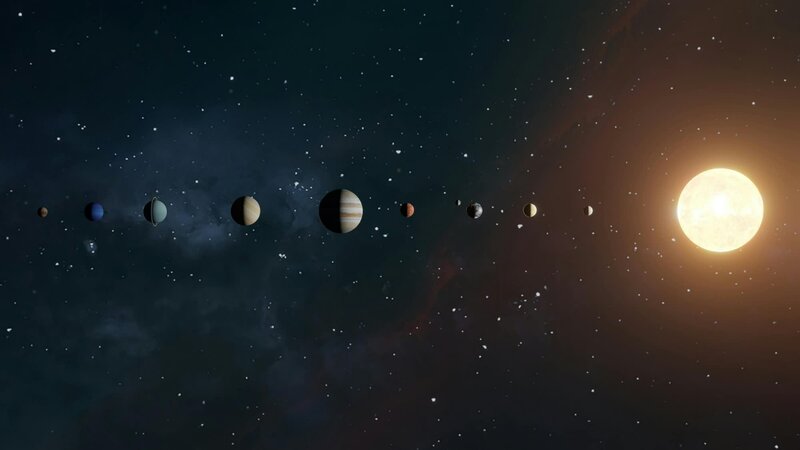Responses: 3
Space is fascinating. They think the Kiper Belt was once a planet that was destroyed, and they think a smaller planet collided with Earth and became our large close moon. I also think that they should relook at the classification of Pluto. It is round, has seismic and volcanic activity, it has an atmosphere and it has a moon. Sounds like more than a planetoid to me. Thanks for sharing. I love space.
(1)
(0)
SGT Mary G.
CPT David Tanner - Yes, sir, indeed I do remember! Can't forget that comet or the Shoemakers who showed us their video, very shortly after, with commentary, in a presentation (at CWU in Washington state). Only a handful of profs and students were interested in attending. People don't know what they missed. What a treat that was. They were still as excited about it as kids who had just learned to read! One of their observation posts for near earth objects was down the road a piece in Washington state.
I have also often wondered about what Jupiter is hiding beneath its gaseous exterior.
I have also often wondered about what Jupiter is hiding beneath its gaseous exterior.
(1)
(0)
CPT David Tanner
SGT Mary G. - All planets, including earth, gain mass every day with space dust, meteorites, asteroids, etc. striking their surfaces. Plus seeds making trees and leaves becoming dirt. To get to some dinosaurs, they have to dig down several hundred feet. I am sure Jupiter has gained a lot over the past 4.5 billion years.
(1)
(0)
SGT Mary G.
CPT David Tanner - Interesting possibility. I had not considered that. Who knows what happens once space dust gets into the atmosphere, and perhaps eventually settles in "the core" - whatever it may be.
(1)
(0)
Read This Next



 Astronomy
Astronomy



